The Impact of Clay Minerals on the Porosity Distribution of Clastic Reservoirs: A Case Study from the Labuan Island, Malaysia
Abstract
:1. Introduction
2. Geological and Stratigraphic Setting
3. Materials and Methods
4. Results
4.1. Petrographical Parameters
4.1.1. Field Observations
4.1.2. Thin Section Study
4.1.3. Visual Porosity
4.1.4. Grain Size Analysis
4.2. Petrophysical Parameters
5. Discussion
6. Conclusions
Author Contributions
Funding
Institutional Review Board Statement
Informed Consent Statement
Data Availability Statement
Acknowledgments
Conflicts of Interest
References
- Nadeau, P.H. An experimental study of the effects of diagenetic clay minerals on reservoir sands. Clays Clay Miner. 1998, 46, 1998. [Google Scholar] [CrossRef]
- Islam, M.A. Diagenesis and reservoir quality of Bhuban sandstones (Neogene), Titas Gas Field, Bengal Basin, Bangladesh. J. Asian Earth Sci. 2009, 35, 89–100. [Google Scholar] [CrossRef]
- Morad, S.; Al-Ramadan, K.; Ketzer, J.M.; De Ros, L.F. The impact of diagenesis on the heterogeneity of sandstone reservoirs: A review of the role of depositional facies and sequence stratigraphy. Am. Assoc. Pet. Geol. Bull. 2010, 94, 1267–1309. [Google Scholar] [CrossRef]
- Henares, S.; Caracciolo, L.; Cultrone, G.; Fernández, J.; Viseras, C. The role of diagenesis and depositional facies on pore system evolution in a Triassic outcrop analogue (SE Spain). Mar. Pet. Geol. 2014, 51, 136–151. [Google Scholar] [CrossRef]
- Ajdukiewicz, J.M.; Lander, R.H. Sandstone reservoir quality prediction: The state of the art. Am. Assoc. Pet. Geol. Bull. 2010, 94, 1083–1091. [Google Scholar] [CrossRef]
- Madon, M. The stratigraphy of northern Labuan, NW Sabah Basin, East Malaysia. Bull. Geol. Soc. Malaysia 1994, 36, 19–30. [Google Scholar]
- Zhang, G.; Qu, H.; Liu, S.; Xie, X.; Zhao, Z.; Shen, H. Hydrocarbon accumulation in the deep waters of South China Sea controlled by the tectonic cycles of marginal sea basins. Pet. Res. 2016, 1, 39–52. [Google Scholar] [CrossRef]
- Zhou, D.; Yao, B. Tectonics and sedimentary basins of the South China Sea: Challenges and progresses. J. Earth Sci. 2009, 20, 1–12. [Google Scholar] [CrossRef]
- Nazaruddin, D.A.; Mansor, H.E.; Wali, S.S.A.S. Geoheritage of labuan island. Bull. Geol. Soc. Malaysia 2016, 62, 117–129. [Google Scholar] [CrossRef]
- Santika, T.; Wilson, K.A.; Meijaard, E.; Ancrenaz, M. The power of mixed survey methodologies for detecting decline of the Bornean orangutan. bioRxiv 2019, 775064. [Google Scholar] [CrossRef] [Green Version]
- Hasiah, A.W.; Lee, C.P.; Gou, P.; Shuib, M.K.; Ng, T.F.; Albaghdady, A.A.; Mislan, M.F.; Mustapha, K.A. Coal-bearing strata of Labuan: Mode of occurrences, organic petrographic characteristics and stratigraphic associations. J. Asian Earth Sci. 2013, 76, 334–345. [Google Scholar] [CrossRef]
- Lukie, T.D.; Balaguru, A. A Sedimentologic and Petrographic Perspective of the Miocene Stage IVA from the Klias Peninsula to Labuan Island. In Proceedings of the PGCE 2012, Kuala Lumpur, Malaysia, 23–24 April 2012. [Google Scholar]
- Abidin, Z. Labuan Field Trip Report; University of Malaya: Kuala Lumpur, Malaysia, 2019. [Google Scholar]
- Bakar, B.; Tahir, S.H.; Asis, J. Deep marine benthic foraminiferal from temburong formation in labuan island. Earth Sci. Malaysia 2017, 1, 17–22. [Google Scholar] [CrossRef]
- Hutchinson, C.S. Geology of North-West Borneo: Sarawak, Brunei and Sabah; Elsevier: Amsterdam, The Netherlands, 2005; Volume 52. [Google Scholar]
- Madon, M. Sedimentological aspects of the Temburong and Belait Formations, Labuan (offshore west Sabah, Malaysia). Bull. Geol. Soc. Malaysia 1997, 41, 61–84. [Google Scholar] [CrossRef]
- Som, M.; Kadir, M.F.B.A.; Syareena, S.; Ali, M.; Jirin, S.; Sulaiman, W.M.K.A.W.; Mohsin, N.; Salwani, S. Labuan Outcrop Revisited: New Findings on Belait formation Facies Evolution (slides). In Proceedings of the Petroleum Geology Conference and Exhibition 2011, Kuala Lumpur, Malaysia, 7–8 March 2011. [Google Scholar]
- Risha, M.; Douraghi, J. Impact of Clay mineral type on sandstone permeability based on field investigations: Case study on Labuan island, Malaysia. J. Phys. Conf. Ser. 2021, 1818, 12091. [Google Scholar] [CrossRef]
- Folk, R.L.; Ward, W.C. Brazos River bar [Texas]; a study in the significance of grain size parameters. J. Sediment. Res. 1957, 27, 3–26. [Google Scholar] [CrossRef]
- Magnabosco, C.; Braathen, A.; Ogata, K. Permeability model of tight reservoir sandstones combining core-plug and Miniperm analysis of drillcore; Longyearbyen CO. Nor. J. Geol. 2014, 94, 189–200. [Google Scholar]
- Radulescu, I.; Stochici, R.; Calin, M.R.; Visan, M.; Diacopolos, C.; Grigoras, G. Experimental characterization of an in-situ spectro-tracer used in geophysical explorations. Rom. Reports Phys. 2020, 72, 709. [Google Scholar]
- Glover, P.W.J. Petrophysics; University of Aberdeen: Aberdeen, UK, 2000. [Google Scholar]
- USDA (United States Department of Agriculture). Soil Survey Manual-Handbook; U.S. Department of Agriculture: Washington, DC, USA, 2017; No. 18.
- Nuţu-Dragomir, M.L.; Chitea, F.; Stochici, R.; Diacopolos, C. A new approach concerning active faults in subcarpathian nappe (EAST CARPATHIANS). In Proceedings of the Geoscience 2017, 2nd Symposium of SGAR, Bucharest, Romania, 24 November 2017. [Google Scholar]
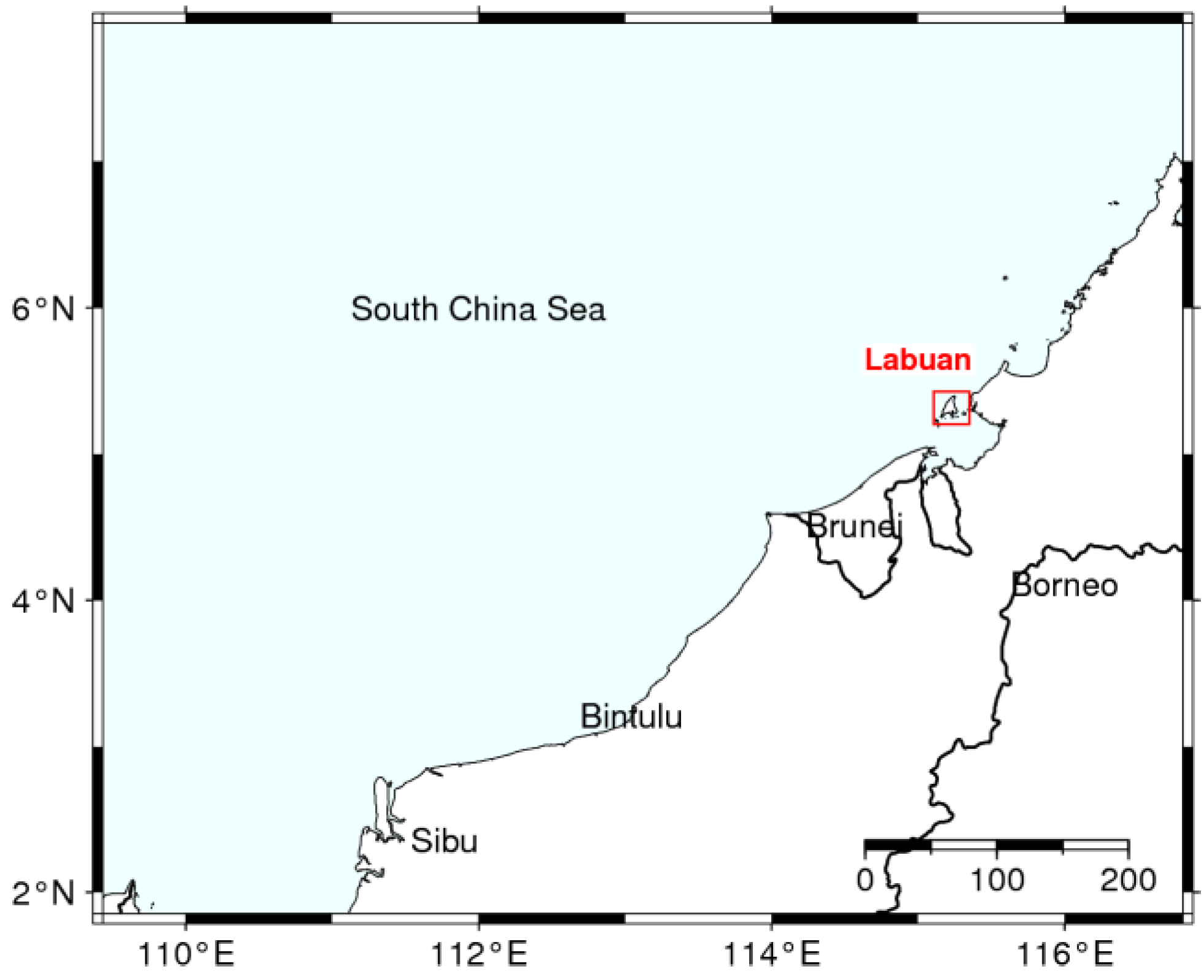
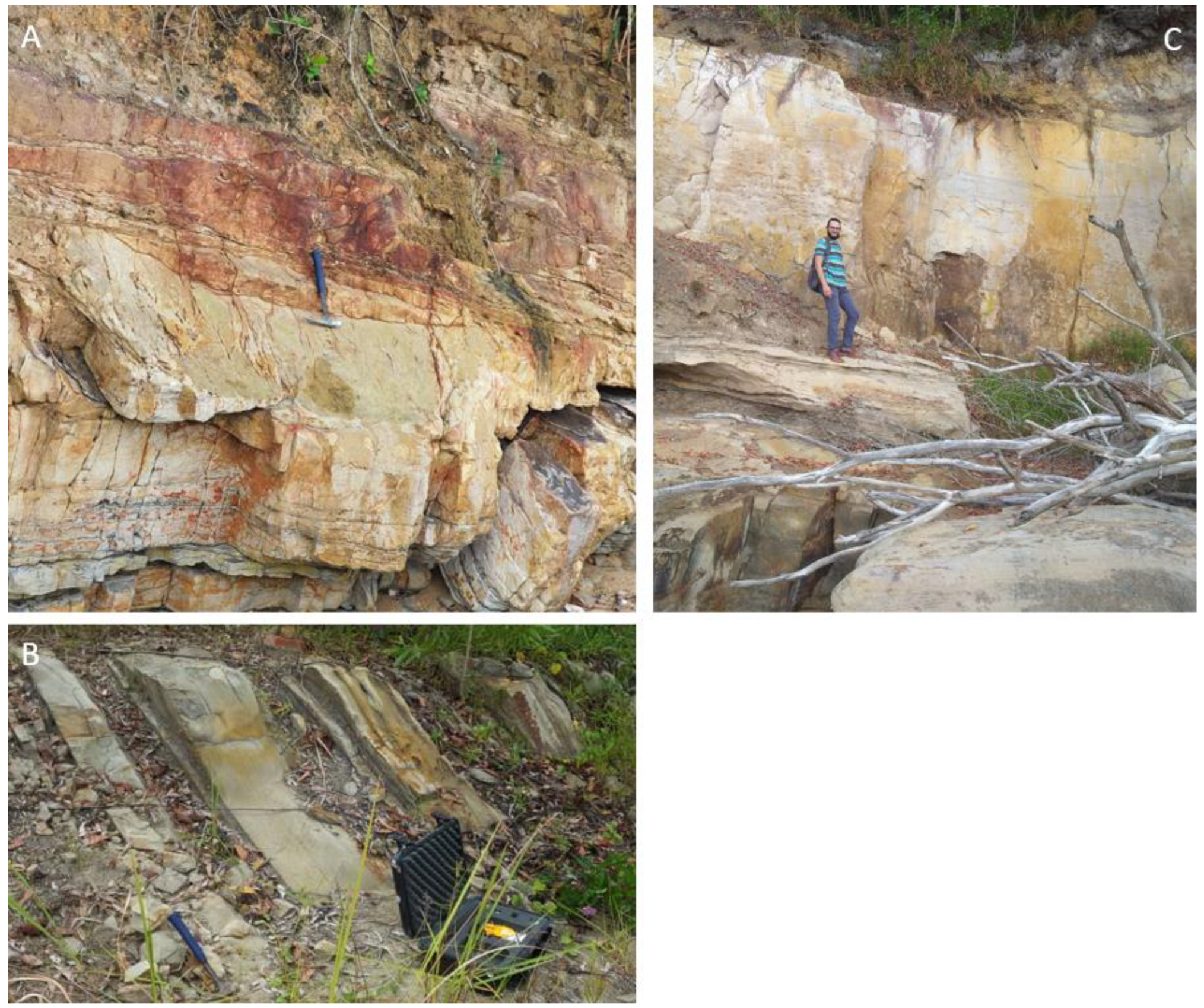
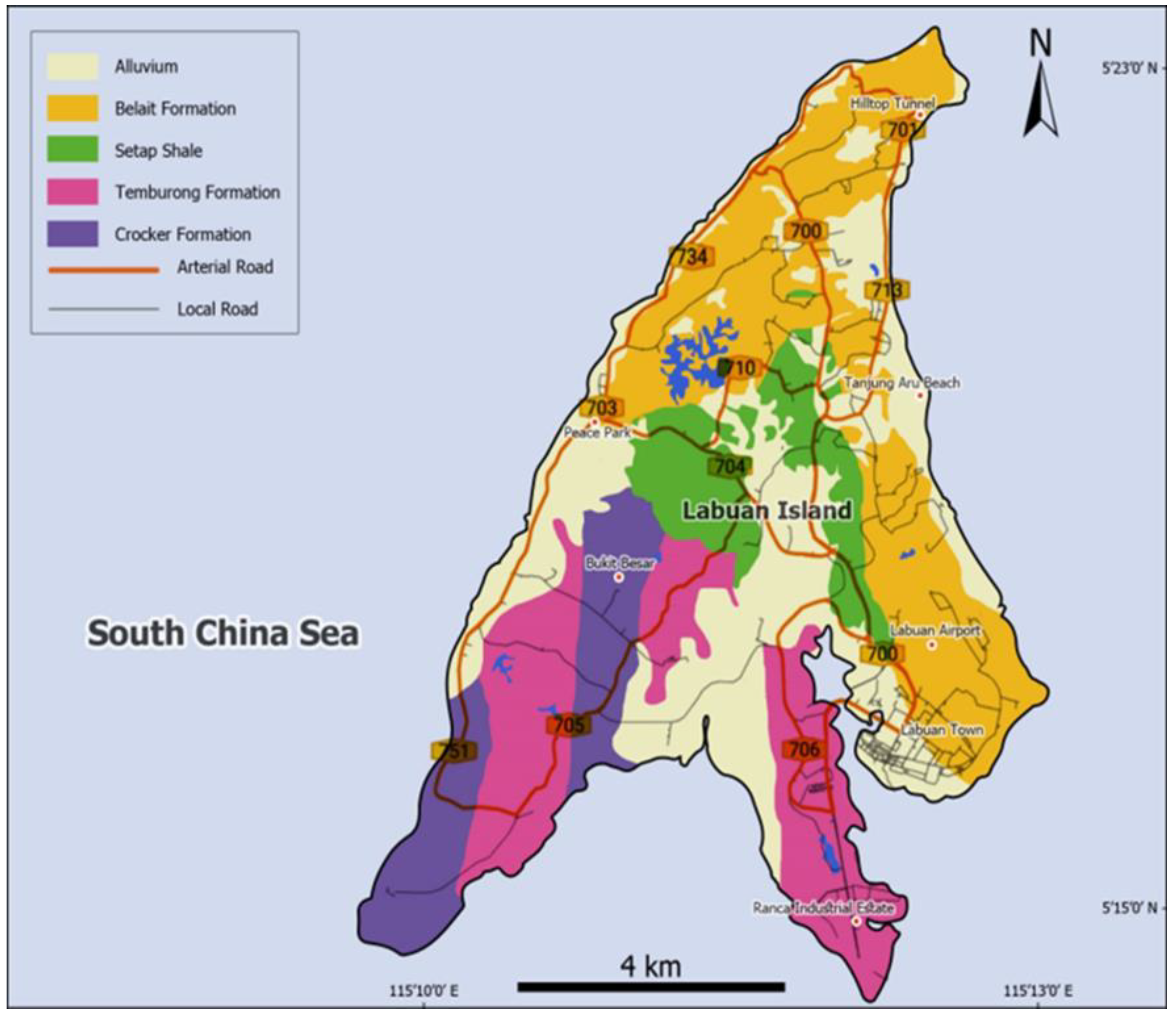



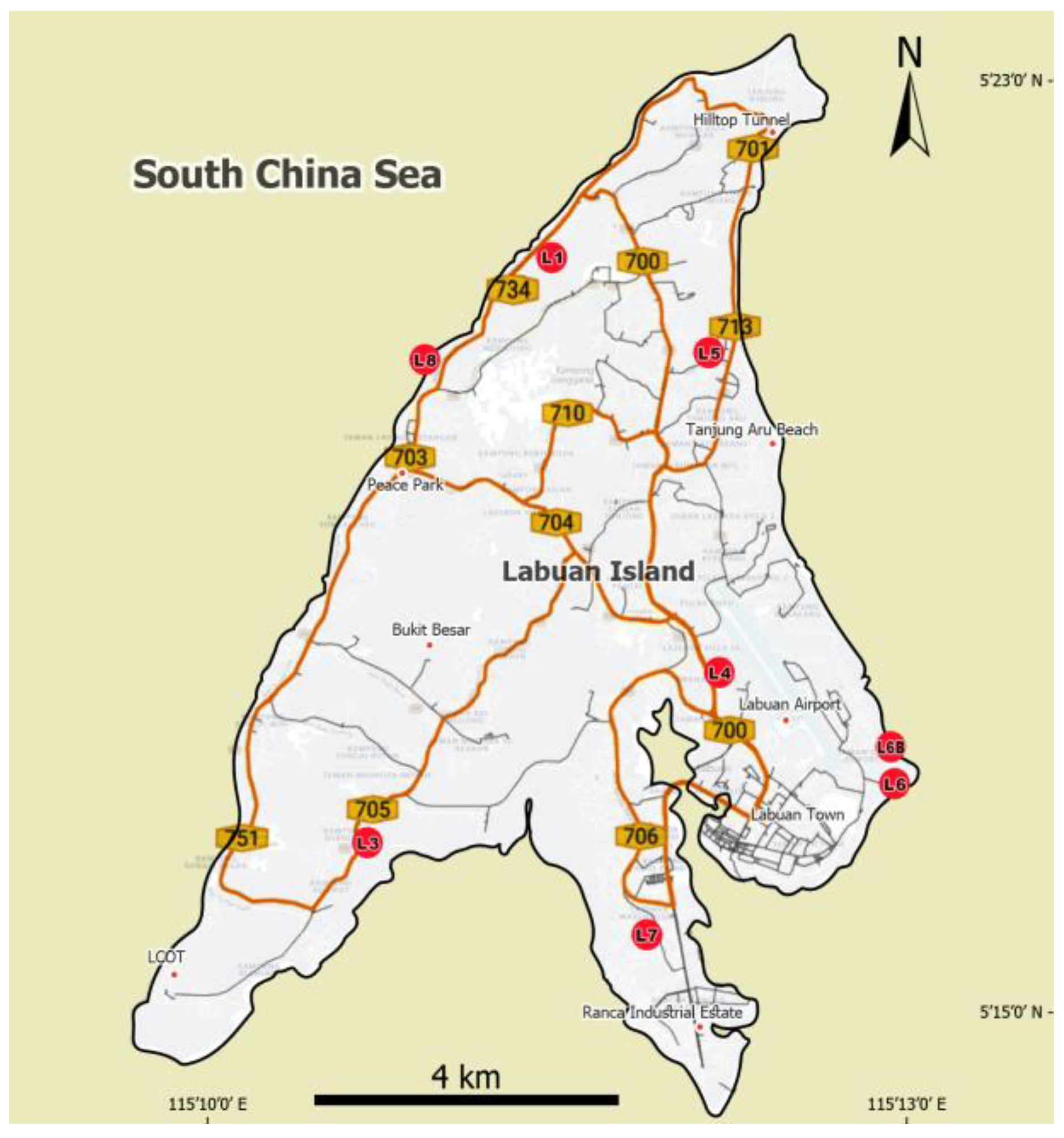




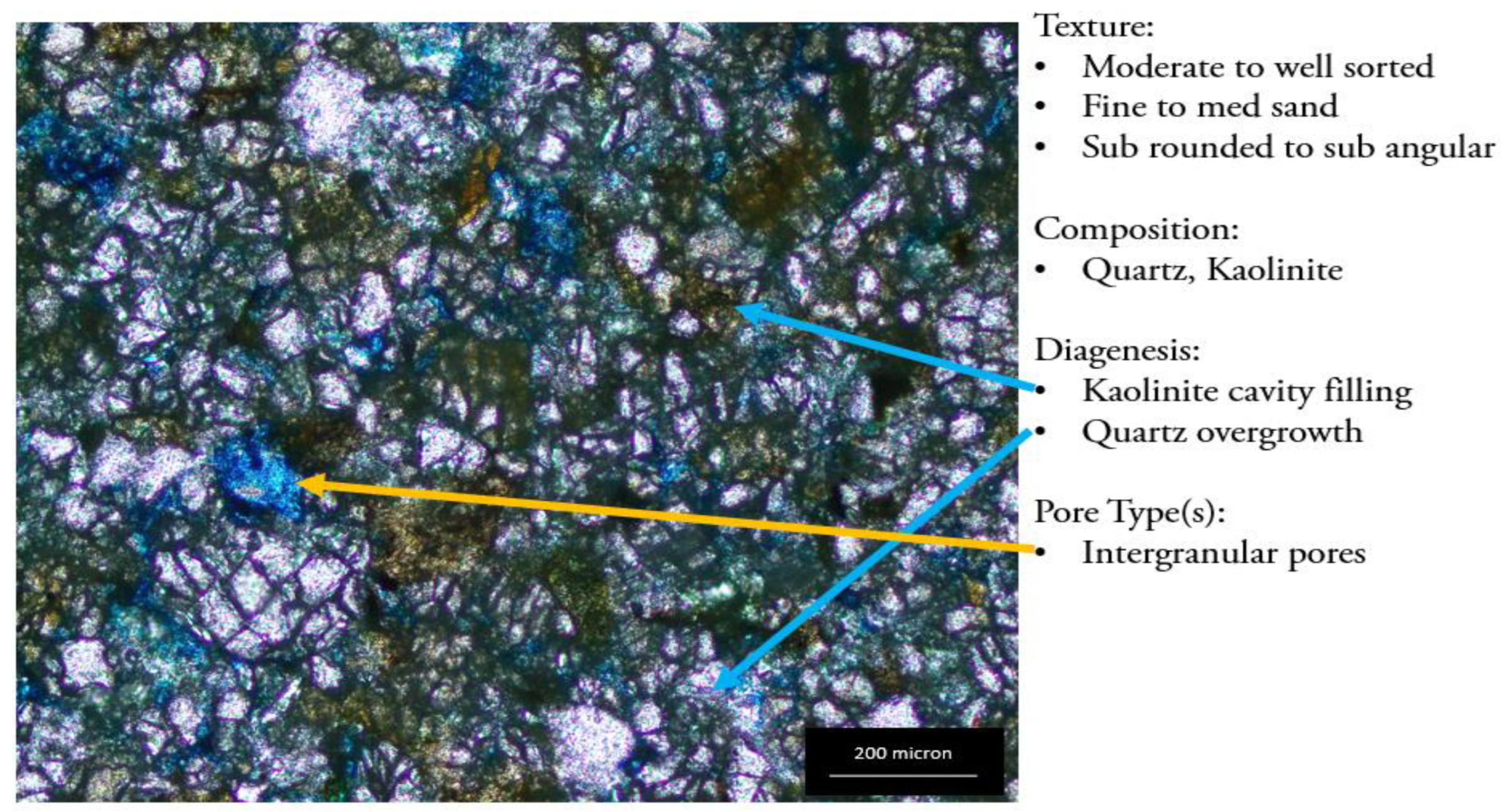
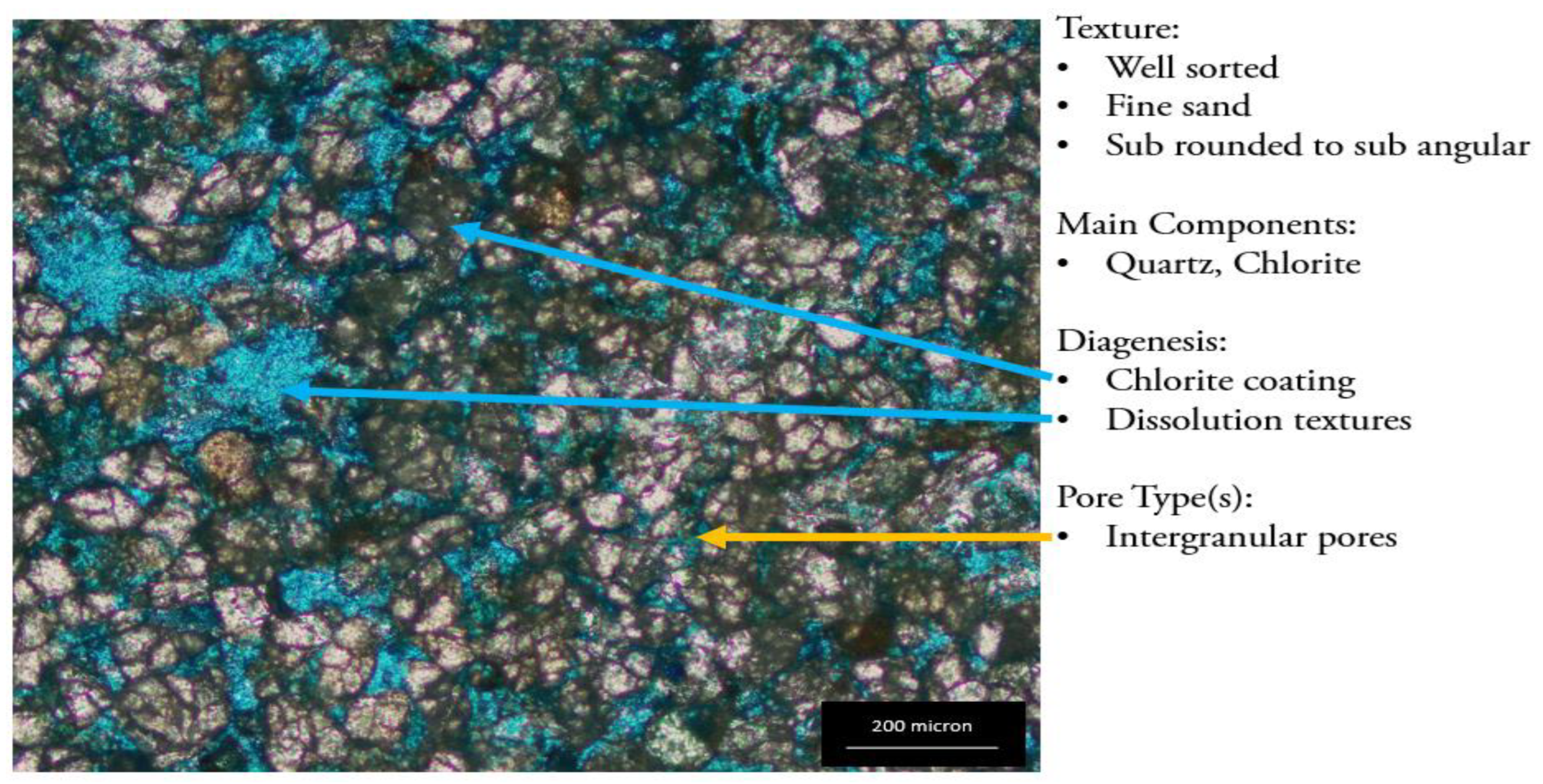



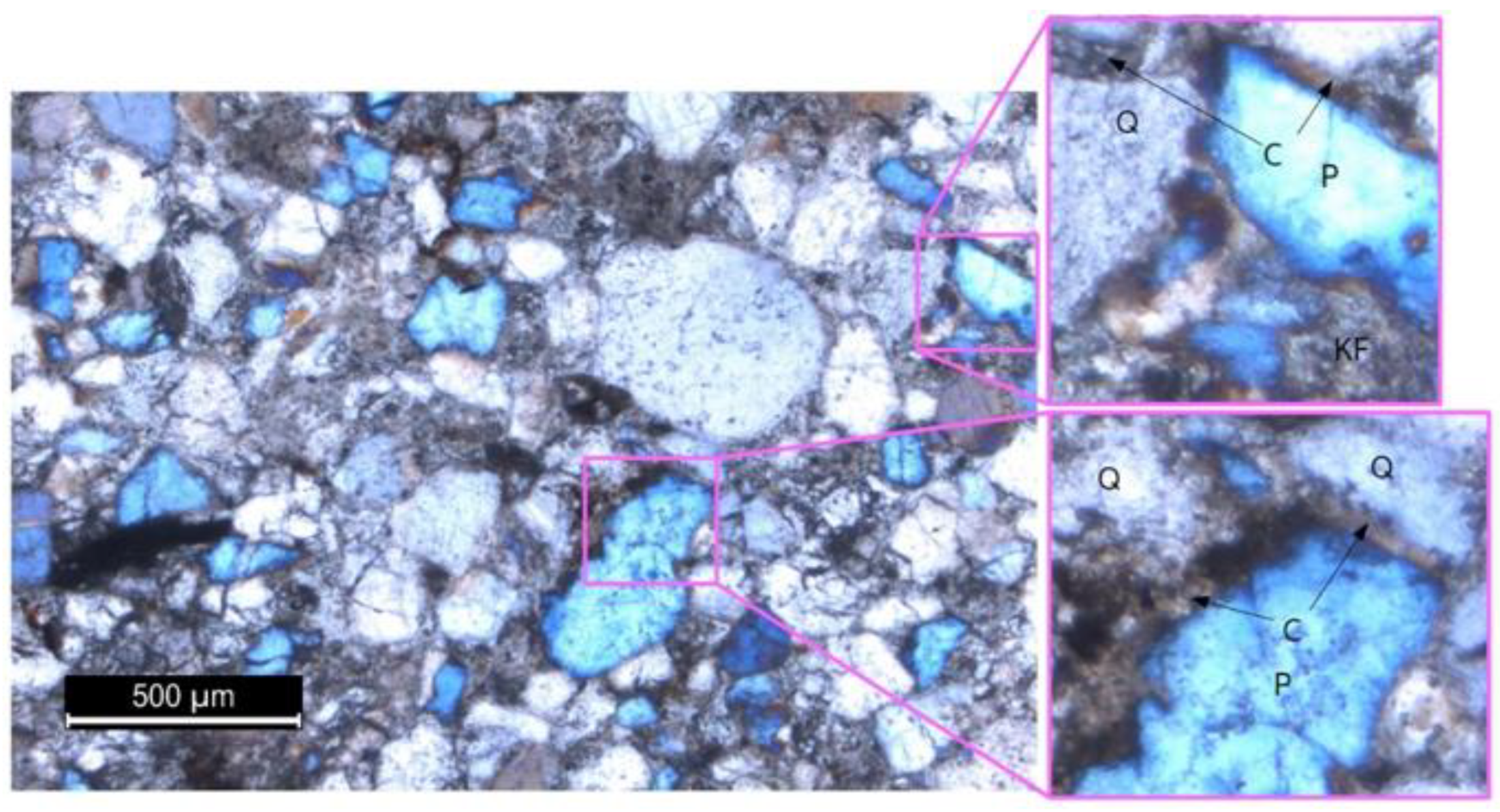
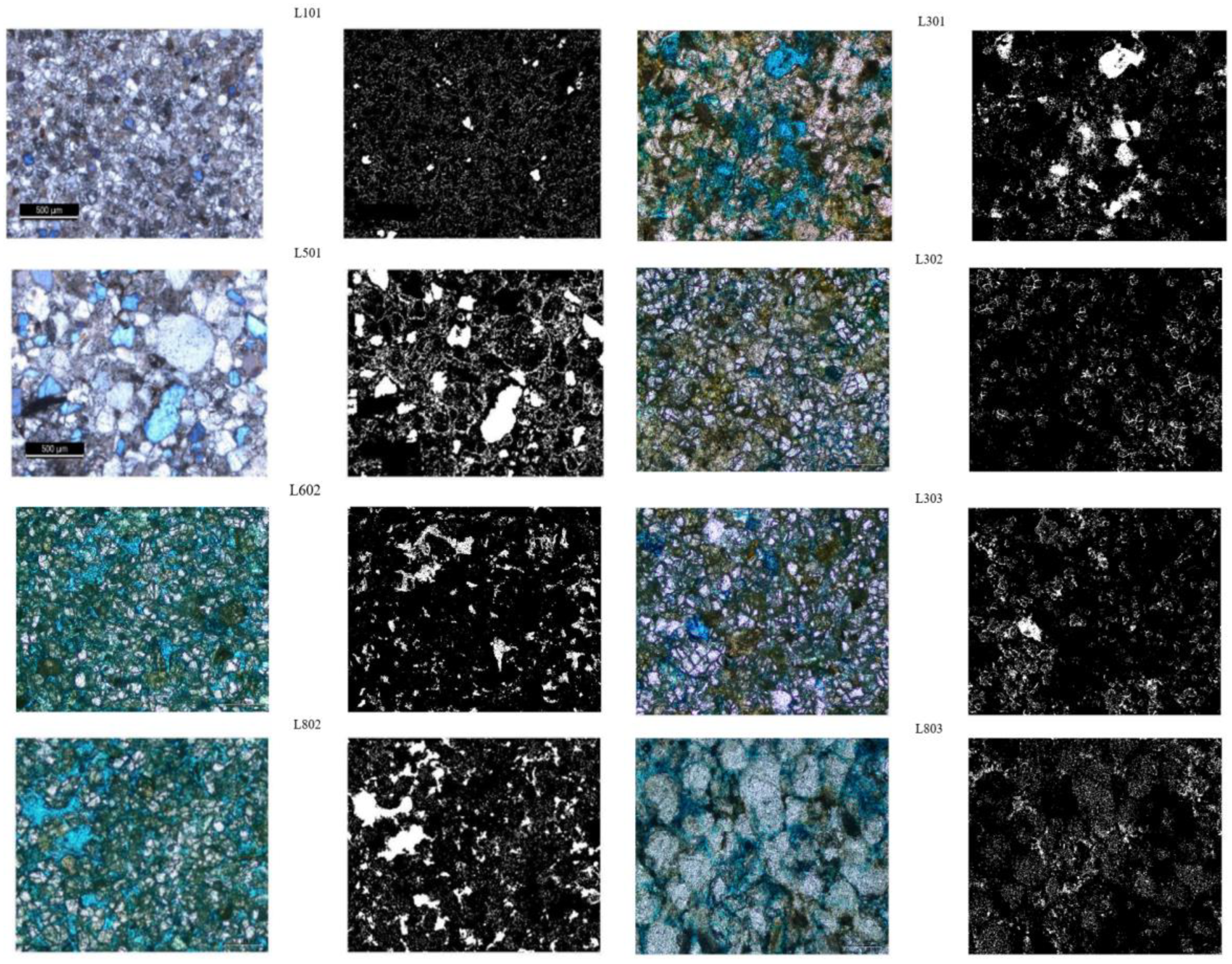
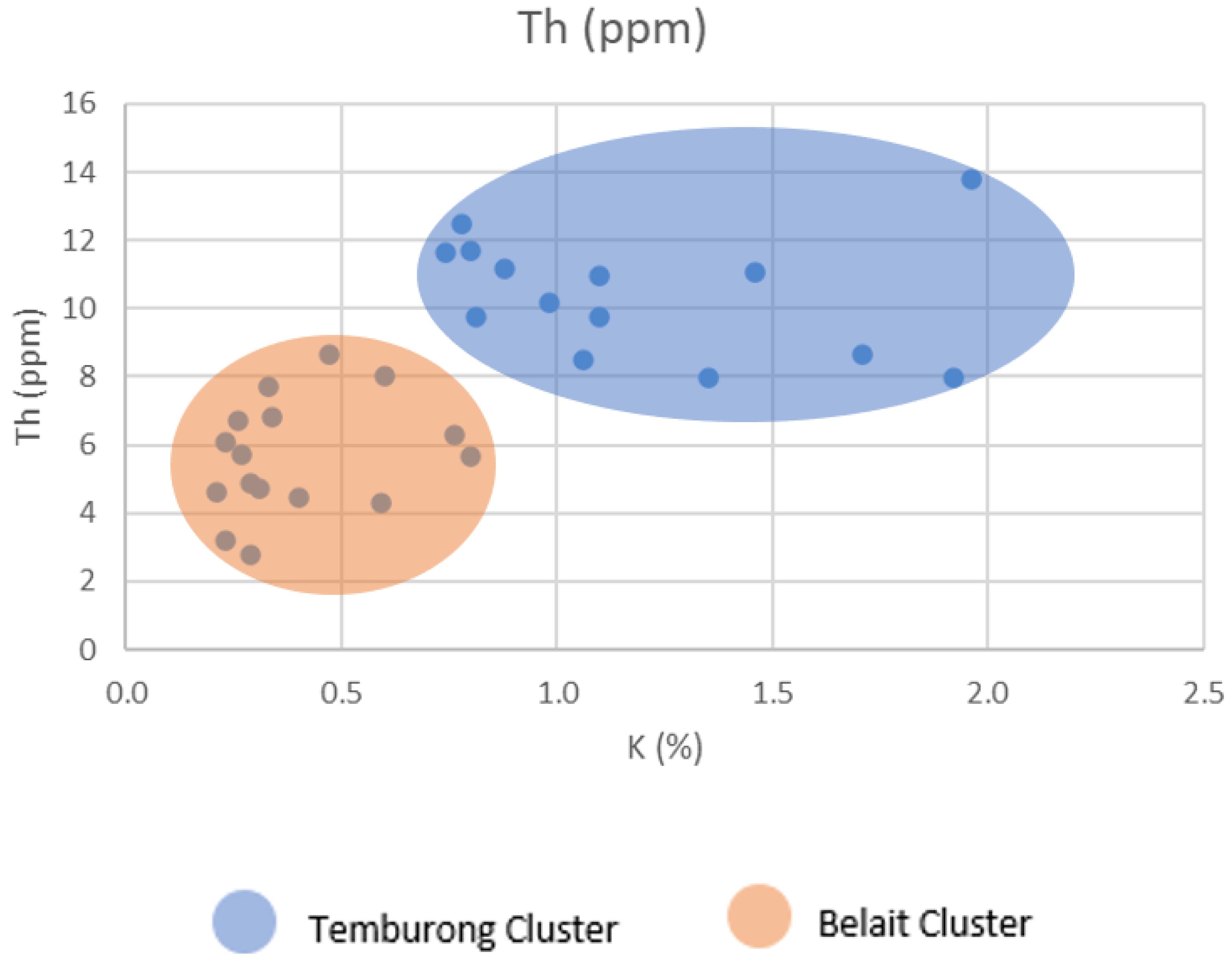

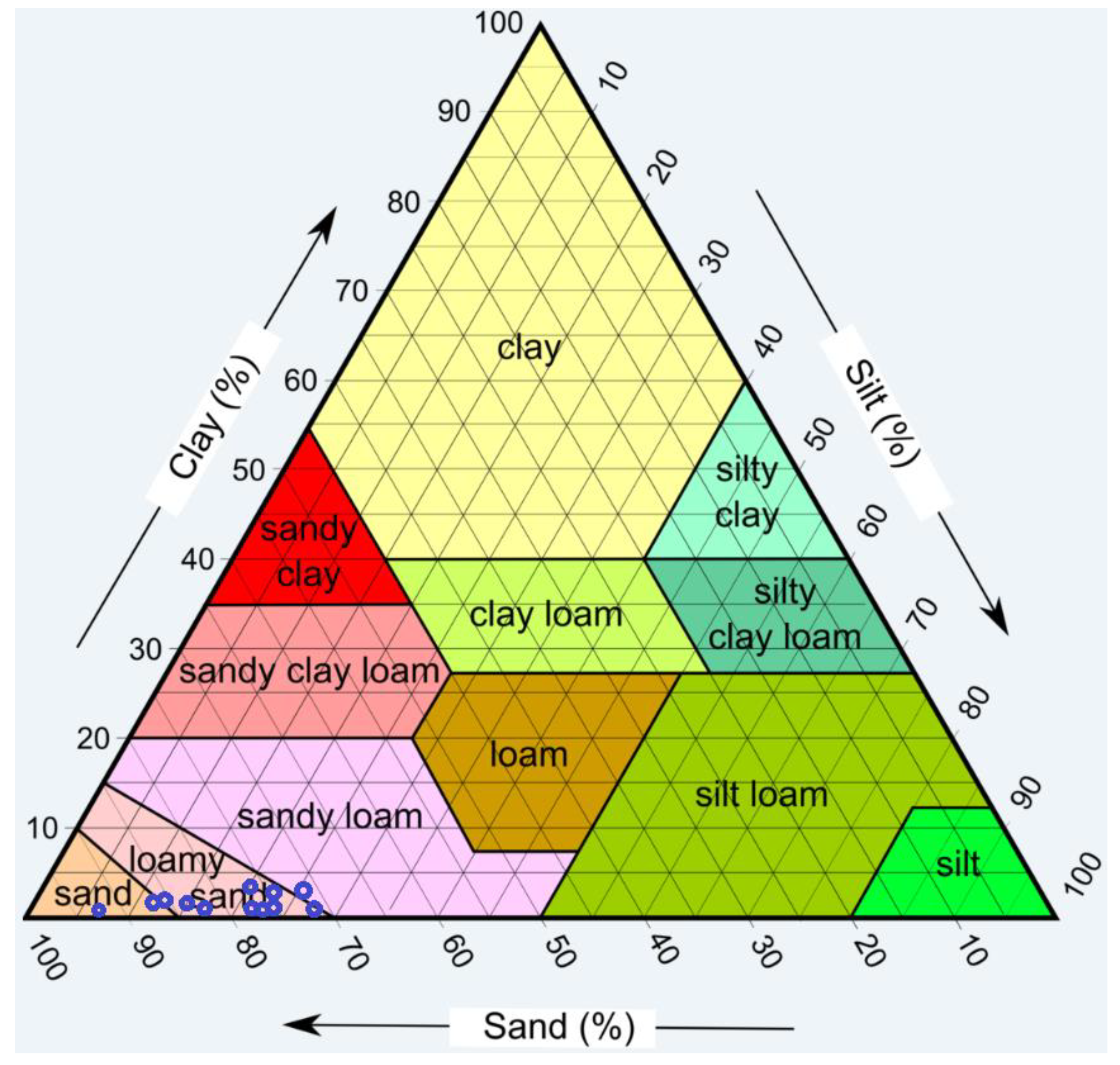
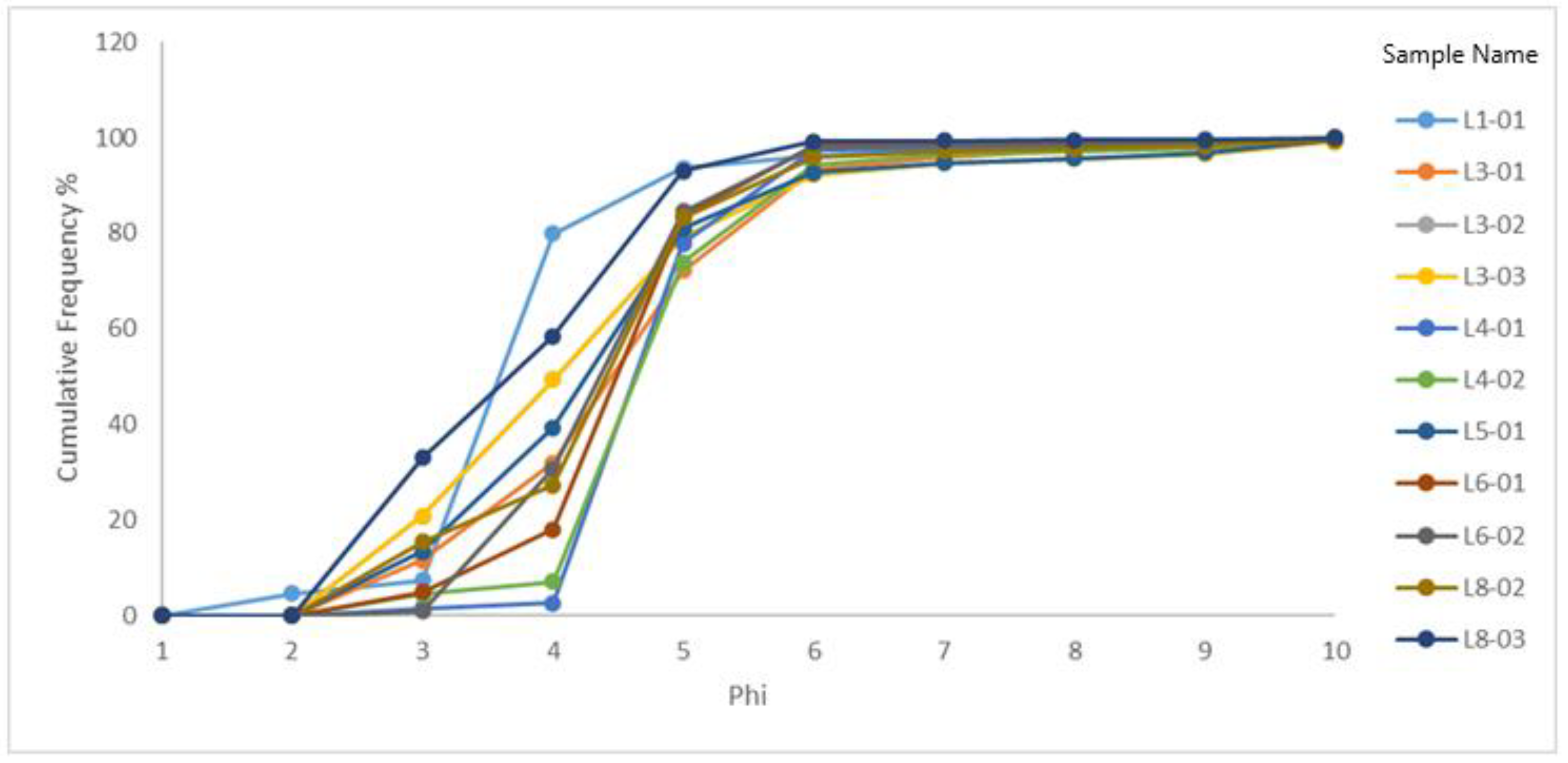
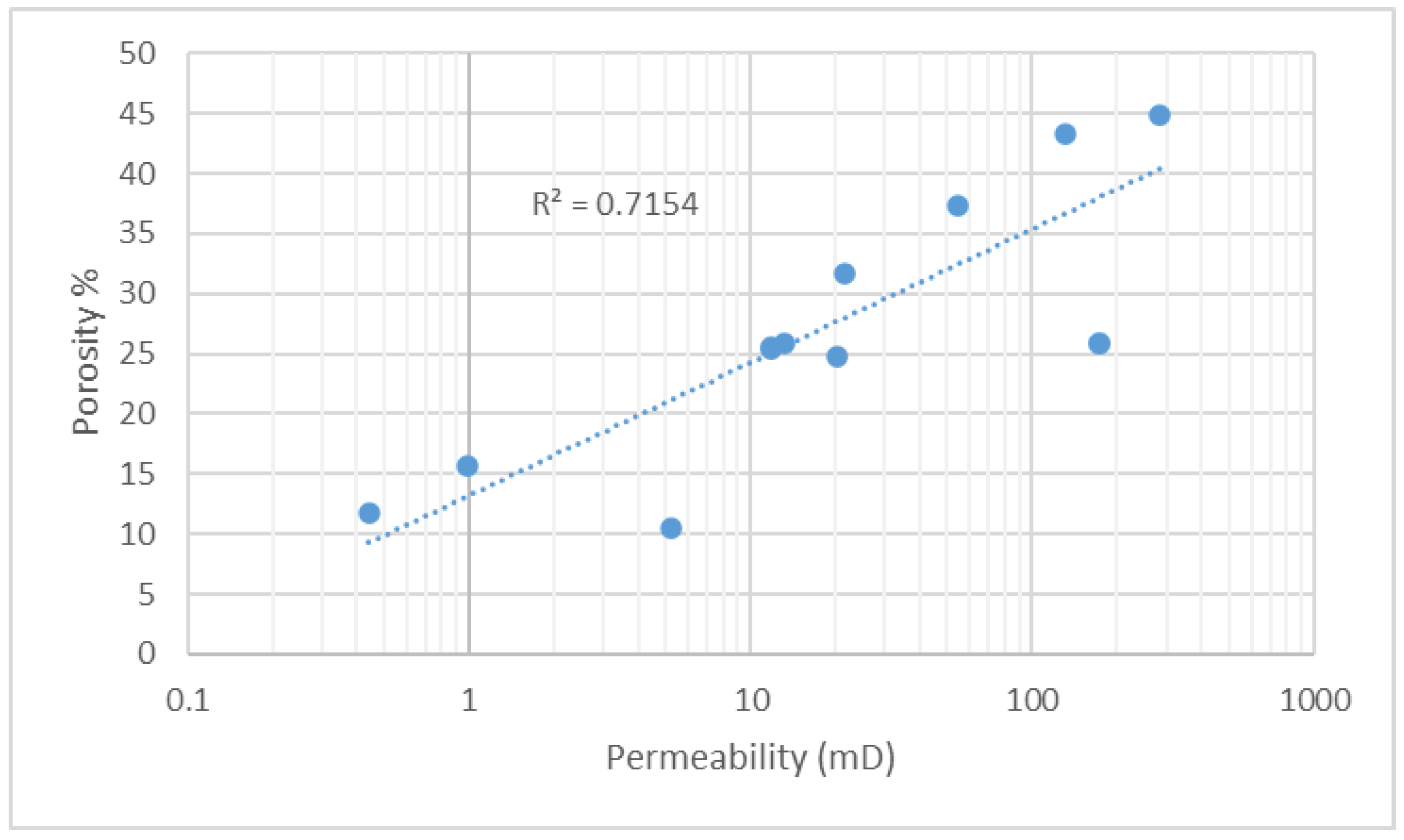

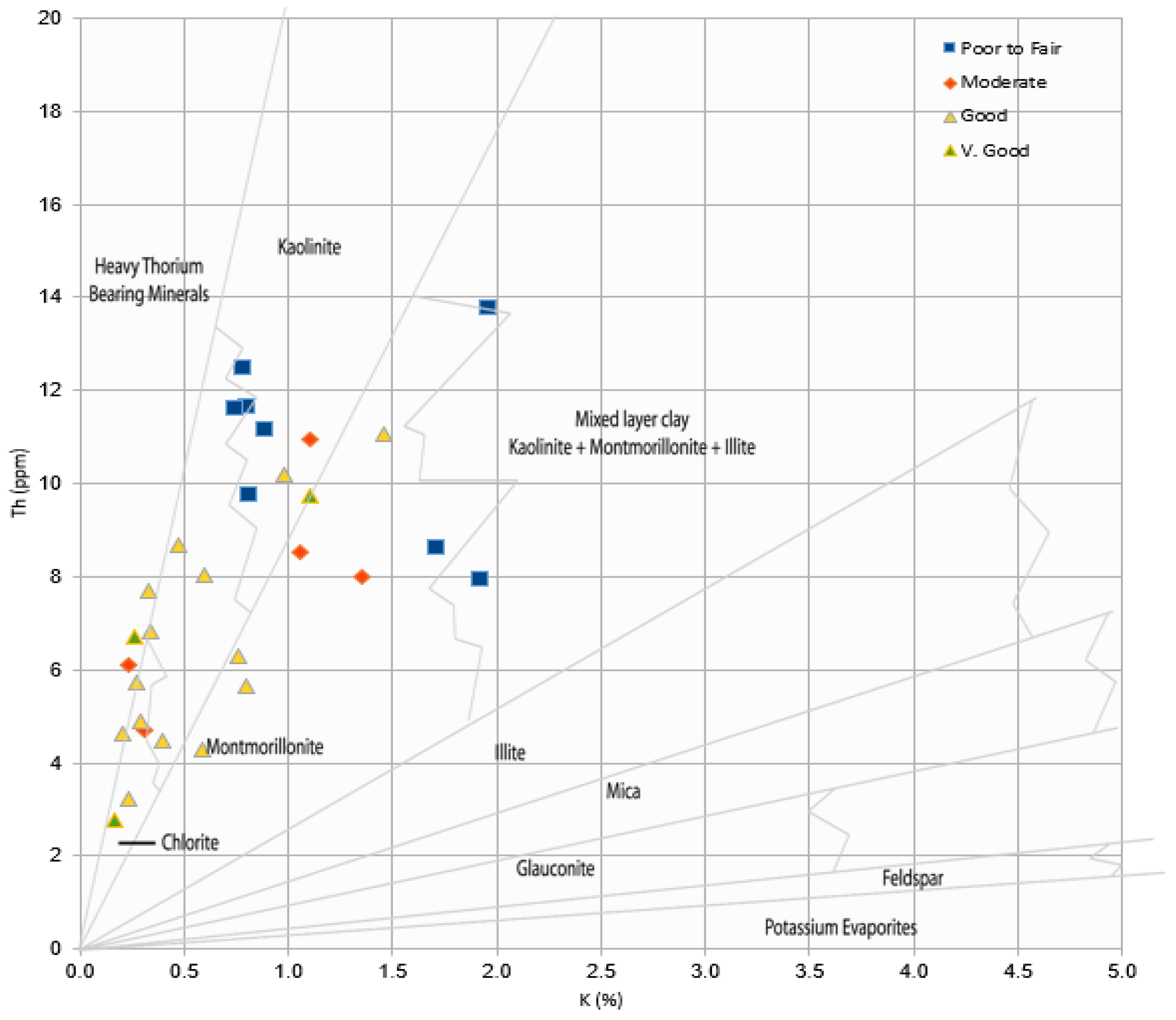
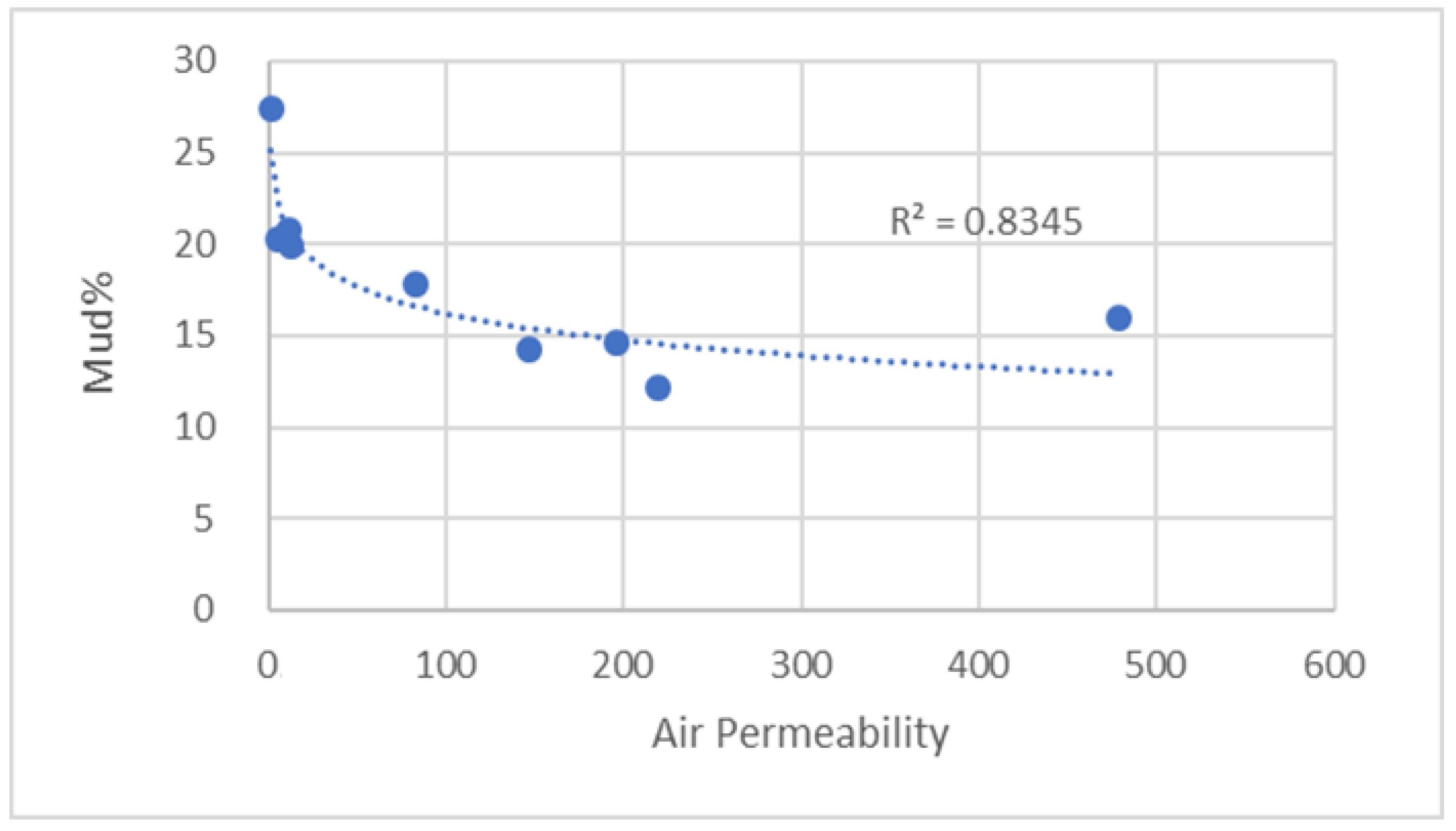
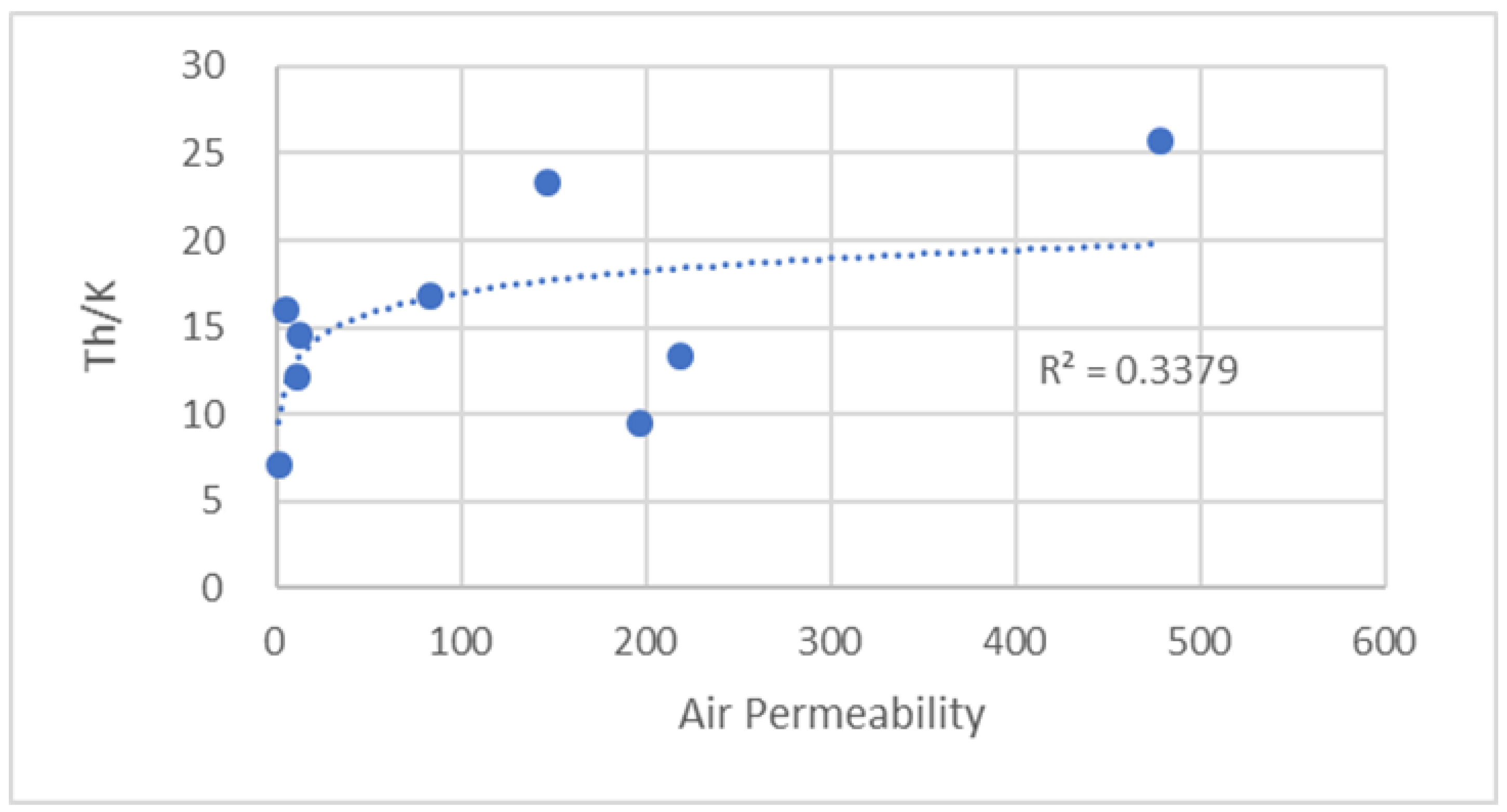
| Sieve | Sieve Opening (mm) |
|---|---|
| 4 | 4.75 |
| 8 | 2.36 |
| 16 | 1.18 |
| 40 | 4.25 |
| 50 | 0.3 |
| 100 | 0.15 |
| 200 | 0.075 |
| Pan | --- |
| Sample | L101 | L301 | L302 | L303 | L501 | L602 | L802 | L803 |
|---|---|---|---|---|---|---|---|---|
| Porosity | 10.2 | 18.8 | 7.3 | 11.3 | 23.5 | 18.5 | 21.7 | 8.1 |
| Size | * C. S | * M. S | * F. S | * V. F. S | * C. Si | * M. Si | * F. Si | * V. F. Si | * C |
|---|---|---|---|---|---|---|---|---|---|
| Phi | 1 | 2 | 3 | 4 | 5 | 6 | 7 | 8 | 9 |
| L101 | 0 | 4.60 | 7.45 | 79.88 | 93.70 | 96.14 | 97.56 | 98.58 | 99.63 |
| L301 | 0 | 11.58 | 32.00 | 72.25 | 93.36 | 95.79 | 97.40 | 98.56 | 99.13 |
| L302 | 0 | 20.81 | 49.38 | 79.19 | 92.26 | 94.77 | 95.60 | 96.53 | 99.25 |
| L303 | 0 | 9.72 | 35.34 | 78.57 | 95.69 | 97.54 | 97.91 | 98.56 | 99.59 |
| L401 | 0 | 1.52 | 2.56 | 77.86 | 97.28 | 97.70 | 97.91 | 98.33 | 99.71 |
| L402 | 0 | 4.41 | 7.11 | 73.95 | 94.35 | 96.44 | 97.11 | 97.61 | 99.96 |
| L501 | 0 | 13.38 | 39.32 | 81.02 | 92.67 | 94.77 | 95.60 | 96.86 | 99.58 |
| L601 | 0 | 4.89 | 18.08 | 83.48 | 98.33 | 98.74 | 98.95 | 98.95 | 99.96 |
| L602 | 0 | 0.91 | 30.71 | 84.46 | 97.91 | 98.49 | 98.58 | 98.74 | 99.79 |
| L802 | 0 | 15.38 | 27.33 | 83.31 | 96.01 | 97.22 | 97.71 | 98.26 | 99.51 |
| L803 | 0 | 33.02 | 58.49 | 93.02 | 99.22 | 99.36 | 99.43 | 99.57 | 99.93 |
| Sample | STDV | Skewness | Kurtosis | Sorting | Skewness |
|---|---|---|---|---|---|
| L101 | 0.729545 | 0.10 | 4.10 | Moderately sorted | Near symmetrical |
| L301 | 1.221212 | −0.03 | 2.40 | Poorly sorted | Near symmetrical |
| L302 | 1.427273 | 0.16 | 2.46 | Poorly sorted | Positive skewed (coarse) |
| L303 | 1.055303 | −0.07 | 2.87 | Poorly sorted | Near symmetrical |
| L401 | 0.557576 | 0.37 | 2.32 | Moderately well-sorted | Positive skewed (coarse) |
| L402 | 0.855303 | 0.24 | 3.59 | Moderately sorted | Positive skewed (coarse) |
| L501 | 1.24697 | 0.04 | 3.77 | Poorly sorted | Near symmetrical |
| L601 | 0.749242 | −0.07 | 3.83 | Moderately sorted | Near symmetrical |
| L602 | 0.768939 | −0.06 | 2.66 | Moderately sorted | Near symmetrical |
| L802 | 1.070455 | −0.22 | 3.69 | Poorly sorted | Negative skewed (fine) |
| L803 | 1.110606 | 0.12 | 1.68 | Poorly sorted | Positive skewed (coarse) |
Disclaimer/Publisher’s Note: The statements, opinions and data contained in all publications are solely those of the individual author(s) and contributor(s) and not of MDPI and/or the editor(s). MDPI and/or the editor(s) disclaim responsibility for any injury to people or property resulting from any ideas, methods, instructions or products referred to in the content. |
© 2023 by the authors. Licensee MDPI, Basel, Switzerland. This article is an open access article distributed under the terms and conditions of the Creative Commons Attribution (CC BY) license (https://creativecommons.org/licenses/by/4.0/).
Share and Cite
Risha, M.; Tsegab, H.; Rahmani, O.; Douraghi, J. The Impact of Clay Minerals on the Porosity Distribution of Clastic Reservoirs: A Case Study from the Labuan Island, Malaysia. Appl. Sci. 2023, 13, 3427. https://doi.org/10.3390/app13063427
Risha M, Tsegab H, Rahmani O, Douraghi J. The Impact of Clay Minerals on the Porosity Distribution of Clastic Reservoirs: A Case Study from the Labuan Island, Malaysia. Applied Sciences. 2023; 13(6):3427. https://doi.org/10.3390/app13063427
Chicago/Turabian StyleRisha, Muhammad, Haylay Tsegab, Omeid Rahmani, and Jalal Douraghi. 2023. "The Impact of Clay Minerals on the Porosity Distribution of Clastic Reservoirs: A Case Study from the Labuan Island, Malaysia" Applied Sciences 13, no. 6: 3427. https://doi.org/10.3390/app13063427
APA StyleRisha, M., Tsegab, H., Rahmani, O., & Douraghi, J. (2023). The Impact of Clay Minerals on the Porosity Distribution of Clastic Reservoirs: A Case Study from the Labuan Island, Malaysia. Applied Sciences, 13(6), 3427. https://doi.org/10.3390/app13063427






